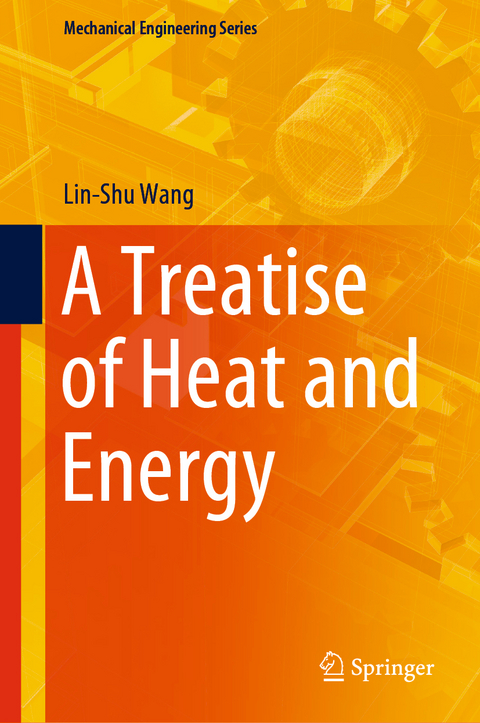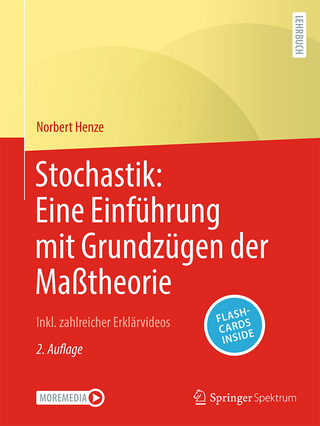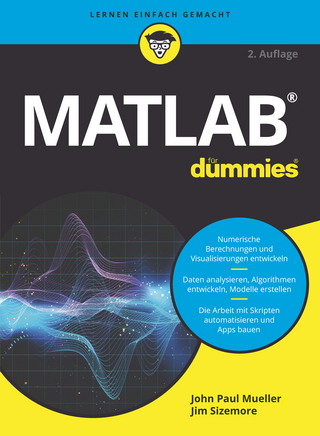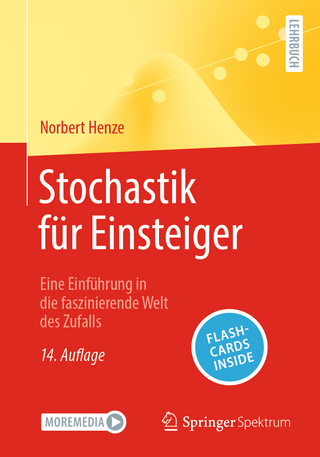
A Treatise of Heat and Energy
Springer International Publishing (Verlag)
978-3-030-05745-9 (ISBN)
Professor Wang presents a coherent theory-structure of thermodynamics and clarifies the meaning of heat and the definition of energy in a manner that is both scientifically rigorous and engaging, and explains contemporary understanding of engineering thermodynamics in continuum of its historical evolution. The textbook reinforces students' grasp of concepts with end-of-chapter problems and provides a historical background of pioneering work by Black, Laplace, Carnot, Joule, Thomson, Clausius, Maxwell, Planck, Gibbs, Poincare and Prigogine.
Developed primarily as a core text for graduate students in engineering programs, and as reference for professional engineers, this book maximizes readers' understanding and shines a light on new horizons for our energy future.
Professor Lin-Shu Wang is Associate Professor of Mechanical Engineering at the State University of New York at Stony Brook. A lifelong student of thermodynamics and philosophy of science, Dr. Wang has taught courses in engineering thermodynamics for decades and is the inventor of the "Turbo-Cool turbocharging system", "hybrid solar panels", and "reverse-cycle ductless heat pumps for zoned heating and cooling," technologies that, respectively, improve engine energy efficiency and vehicle fuel economy, increase the supply of power and heat from solar energy conversion, and reduce the energy demand for building heating and cooling. He earned his PhD at the University of California, Berkeley.
Introduction: Temperature (the measurement of the degree of heat) and some comment on work.- Calorimetry and the caloric theory of heat: the measurement of heat.- The first law: the production of heat and the principle of conservation of energy.- Carnot's theory of heat, and Kelvin's adoption of which in terms of energy.- Entropy and the entropy principle.- Reversible processes versus quasi-static processes, and the condition of internal reversibility.- Free energy, exergy, and energy.- The second law: the entropy growth potential principle and the three-place relation in heat phenomena.- Applications to special states of thermodynamic equilibrium: Gibbsian thermodynamics for physical and chemical applications.- A theory of heat as a prelude to engineering thermodynamics.
| Erscheinungsdatum | 22.01.2020 |
|---|---|
| Reihe/Serie | Mechanical Engineering Series |
| Zusatzinfo | XX, 301 p. 66 illus., 40 illus. in color. |
| Verlagsort | Cham |
| Sprache | englisch |
| Maße | 155 x 235 mm |
| Gewicht | 665 g |
| Themenwelt | Mathematik / Informatik ► Mathematik ► Wahrscheinlichkeit / Kombinatorik |
| Technik ► Elektrotechnik / Energietechnik | |
| Technik ► Maschinenbau | |
| Schlagworte | Building thermal mass requirement • energy efficiency • Entropy • first law of thermodynamics • Heat extraction • Homeostasis in buildings • Mechanical equivalent of heat • Mechanical homeostasis • Mechanical theory of heat • second law of thermodynamics • Thermally activated building systems (TABS) • Thermodynamics undergraduate textbook • Work and power |
| ISBN-10 | 3-030-05745-3 / 3030057453 |
| ISBN-13 | 978-3-030-05745-9 / 9783030057459 |
| Zustand | Neuware |
| Haben Sie eine Frage zum Produkt? |
aus dem Bereich


